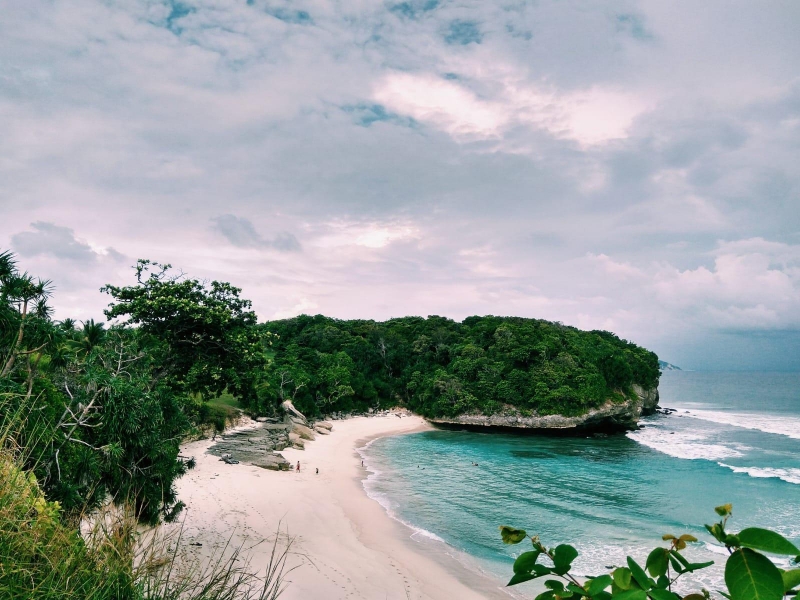Sumba, The Home of Traditional Villages

Sumba Island, located in eastern Indonesia, is known for its rich cultural heritage and traditional way of life. The island is home to several traditional villages where ancient traditions, unique architecture, and distinct rituals are still preserved. In this Villages (Praijing, Tarung, Waingapu), you will get a chance to see traditional villages, local market, and traditional houses throughout Sumba.
Visiting these traditional villages offers an opportunity to witness the distinctive architecture, observe traditional ceremonies and dances, learn about ancient traditions and beliefs, and interact with the friendly locals.
1. Praijing village : a traditional village located in the eastern part of Sumba, near the town of Waingapu. The village is characterized by its iconic thatched-roof houses adorned with buffalo horns, showcasing the village's animistic beliefs and connection to ancestral spirits. Praijing offers an opportunity to observe traditional rituals, traditional dances, and learn about the village's cultural practices.
2. Tarung village : a traditional village situated in the western region of Sumba. The village is known for its impressive megalithic tombs, which are significant in Sumbanese culture and reflect the importance placed on ancestral worship. These megalithic tombs are adorned with carvings and represent the social status and lineage of the deceased.
3. Waingapu : Waingapu is not a village but the largest town and administrative center of Sumba Island. It is located on the eastern coast of the island and serves as the capital of East Sumba Regency in East Nusa Tenggara Province, Indonesia. While Waingapu is predominantly a modern town, it still retains some cultural and historical significance. Visitors can explore traditional markets where local produce, crafts, and textiles are sold. The town also has some notable cultural sites, such as traditional Sumbanese houses, megalithic stones, and historical landmarks.
Waingapu offers opportunities to experience the vibrant Sumbanese culture and traditions. During certain festivals and events, traditional dances, music performances, and rituals are often held in the town. Additionally, local handicrafts, including intricately woven textiles and carved artifacts, can be found in Waingapu's markets.
Due to its central location in East Sumba, Waingapu serves as a gateway to explore the eastern part of the island. From here, visitors can embark on journeys to visit traditional villages, natural attractions, and cultural sites in the surrounding areas, including the iconic Wairinding Hill and the beautiful Weekuri Lagoon.
Besides those villages and town, you’ll get to visit some lesser known villages such as Waitabar village, local market of Waikabubak, Pasunga village (to see the greatest stone grave and traditional houses), Pau and Rende village (the center if Ikat traditional weaving).
It's important to approach these villages with respect for their cultural heritage and traditions, and hiring a local guide can enhance your understanding of the customs and practices of the Sumbanese people.
Dada Sabra S.
Log on http://theislandgirladventures.com for more interesting travelstories
Image by @boredbanker from Unsplash
---------------------------------------------------------------------------------------------------------------------------------------------------------------
Intereted in visiting this amazing sight? Check out what Perama Tours have to offer!
